Prevent Origin

What is the importance of virus origin tracing ?
Virus origin tracing is crucial for preventing future outbreaks, understanding transmission patterns, identifying vulnerable populations, improving surveillance systems, and promoting global health security. By understanding where and how viruses originated, scientists can develop strategies to prevent similar viruses from emerging in the future. Tracing the origin of a virus also helps us understand its transmission patterns, which is essential for developing effective prevention and control measures. Additionally, virus origin tracing can help identify vulnerable populations that may be at higher risk of infection or severe illness, allowing public health officials to target prevention and treatment efforts to those who need them most. Finally, tracing the origin of a virus can improve surveillance systems for infectious diseases and promote global health security by helping countries work together to prevent and respond to emerging threats.

What are some common misconceptions about virus origin tracing ?
Virus origin tracing is a crucial aspect of understanding and responding to outbreaks. However, there are several misconceptions that people often have about this process. Here are some of the most common ones: 1. Viruses only arise from animals. 2. Trace back always leads to a single source. 3. Tracing the origin is straightforward. 4. All viruses are created equal. 5. Origin tracing is only about blame. 6. Origin tracing is a recent development. 7. Origin tracing can prevent all outbreaks. 8. Vaccines are not part of origin tracing. 9. Origin tracing is only for pandemics. 10. Scientists have all the answers.
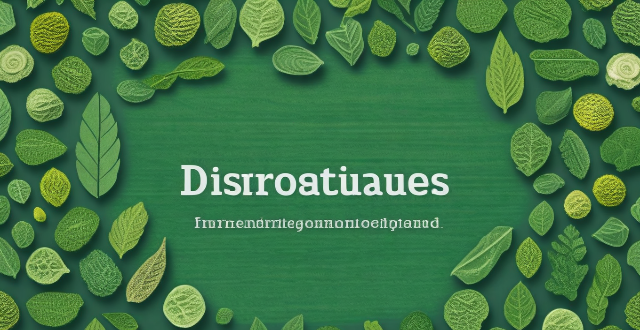
How can international cooperation aid virus origin tracing efforts ?
The text discusses the importance of international cooperation in virus origin tracing efforts. It outlines various ways in which collaboration can aid this process, including sharing information and data through global databases and real-time reporting systems; pooling resources and expertise by establishing centralized laboratories and training programs; coordinating responses and policy making through global health organizations and international agreements; and building public trust through transparent communication and community engagement. The text emphasizes that successful virus origin tracing requires a multidisciplinary approach and the involvement of experts from different fields. It highlights the need for transparency, openness, and ethical considerations in research activities to ensure cultural sensitivity and community benefits. Overall, the text underscores the significance of international cooperation in unraveling the mysteries of virus origins and preventing future pandemics.

How can we trace the origin of a virus ?
This article explores the methodologies and techniques used to trace the origins of viral outbreaks, using examples such as MERS-CoV, SARS-CoV-2, and other significant viruses. It discusses epidemiological investigations, genetic sequencing and analysis, ecological investigations, molecular clock analysis, and viral culture and isolation as key approaches in this process. By combining these methods, scientists can build a comprehensive picture of a virus's origins, which is vital for preventing future outbreaks and developing effective treatments and vaccines.
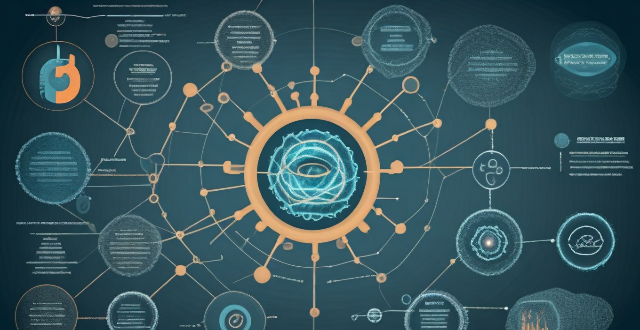
What are the challenges in tracing the origin of viruses ?
The origin of viruses is a complex and intricate subject, involving various disciplines and advanced technology. Researchers face challenges such as genetic diversity, asymptomatic hosts, environmental reservoirs, international travel, limited historical data, political and social factors, funding constraints, technological limitations, legal and ethical concerns, and public perception. Understanding viral origins is crucial for preventing future outbreaks and developing effective treatments. Overcoming these challenges requires international cooperation, interdisciplinary approaches, and ongoing investment in science and technology.
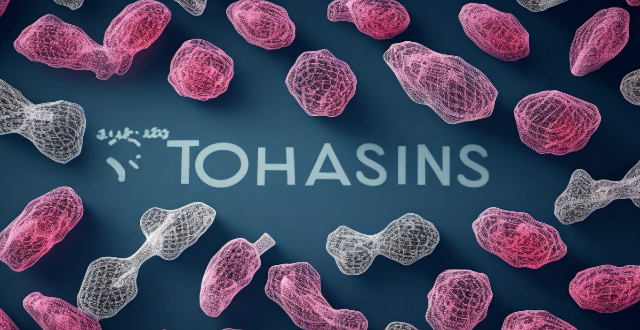
How can advancements in technology aid in more accurate virus origin tracing ?
The article discusses the role of technology in tracing virus origins, highlighting various techniques such as genomic sequencing, phylogenetic analysis, data mining, machine learning, satellite imagery, and remote sensing. These methods provide powerful tools for understanding how viruses evolve and spread over time, as well as identifying areas at risk for future outbreaks. The advancements in technology have revolutionized our ability to trace the origins of viruses, offering valuable insights into the ecological factors that contribute to virus emergence.
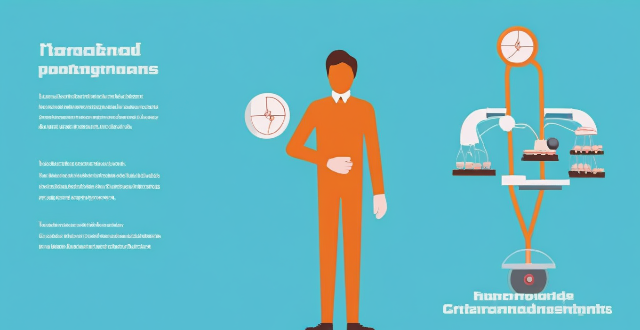
How do climate change and environmental factors impact virus origin tracing ?
Climate change and environmental factors play a significant role in virus origin tracing by affecting host and vector distribution, human activities, and interactions with the environment. Understanding these impacts is crucial for effective surveillance and research efforts to prevent and control infectious diseases.

What role does genetic sequencing play in virus origin tracing ?
Genetic sequencing is an essential tool for tracing the origin of viruses, particularly when it comes to identifying the source of outbreaks and understanding how they spread. By analyzing the DNA or RNA molecules present in a sample, researchers can determine its genetic makeup and compare it to known viral genomes to identify similarities and differences. This process has helped identify patterns that suggest common ancestry or recent transmission events, leading to better prevention and control measures. However, challenges such as data volume and accuracy still need to be addressed.
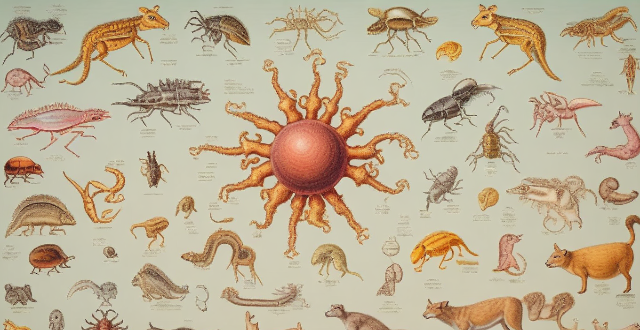
Has the COVID-19 virus's origin been successfully traced ?
The origin of the COVID-19 virus, known as SARS-CoV-2, has been a subject of intense investigation since the outbreak began in 2019. Scientists generally agree that the virus likely originated from animals, possibly bats with pangolins as an intermediate host, before making the jump to humans. This conclusion is supported by genetic analysis and studies of live animal markets where the initial human cases were linked. The lab accident hypothesis, suggesting the virus escaped from a laboratory, has not been substantiated by evidence. Ongoing research continues to explore the exact pathway of the virus's emergence from animals to humans.

Can you provide examples of how different cultures have contributed to the evolution of various sports ?
Sports have evolved over time, and different cultures have contributed to this evolution in various ways. The game of cricket originated in south-eastern counties of England and has since spread worldwide, particularly in the Commonwealth. Baseball was developed in the United States during the early 19th century and has become one of the country's national sports. Soccer can be traced back to an ancient Chinese game called "cuju". However, the modern version of the game that we know today originated in England in the 19th century. Basketball was invented by Dr. James Naismith in Springfield, Massachusetts in 1891. Sumo wrestling is a traditional Japanese sport that dates back thousands of years. Australian Rules Football (AFL) is a unique sport that originated in Melbourne, Victoria in the mid-19th century.

Will an iPhone screen protector prevent all scratches and cracks ?
An iPhone screen protector is a thin layer of material that is applied to the surface of an iPhone's display. It can prevent minor scratches and cracks, but it cannot prevent all damage. A high-quality screen protector can effectively prevent minor scratches from occurring on the surface of the iPhone's display. While a screen protector can help to prevent minor cracks caused by small drops or bumps, it may not be able to prevent more severe damage resulting from larger impacts or falls onto hard surfaces. Even the best screen protectors have their limitations and are not designed to withstand extreme force or repeated impacts. To maximize the lifespan of your iPhone's display, it is recommended to use a high-quality screen protector in conjunction with a protective case and to handle your device with care.

How does proper handwashing technique prevent the spread of germs ?
Proper handwashing is a simple yet effective way to prevent the spread of germs. It involves using soap and water to clean your hands thoroughly, especially before eating or preparing food, after using the restroom, and after being in contact with someone who is sick. The key points on how proper handwashing technique can help prevent the spread of germs include: - Wet your hands with clean, running water (warm or cold), turn off the tap, and apply soap. - Lather your hands by rubbing them together with the soap. Be sure to lather the backs of your hands, between your fingers, and under your nails. - Scrub your hands for at least 20 seconds. Need a timer? Hum the "Happy Birthday" song from beginning to end twice. - Rinse your hands well under clean, running water. - Dry your hands using a clean towel or air dry them. By following these steps, you can effectively remove dirt, viruses, and bacteria from your hands, which can help prevent the spread of germs that cause infections like the common cold and flu. Additionally, proper handwashing technique can also help prevent the spread of more serious illnesses such as COVID-19, Ebola, and norovirus.

How can I prevent further injury while recovering from a sports injury ?
Recovering from a sports injury can be tough, but taking the right steps can prevent further harm. Here's how: 1. **Rest and Ice**: Rest to allow healing; apply ice to reduce swelling and pain. 2. **Compression and Elevation**: Use compression to reduce swelling and elevate the injured area above heart level. 3. **Gradual Return to Activity**: Work with a physical therapist and listen to your body as you gradually regain strength and mobility. 4. **Proper Gear and Technique**: Ensure you have the right gear and use proper form to prevent future injuries. 5. **Stay Hydrated and Nourished**: Drink plenty of water and eat a balanced diet to support your body's healing process.
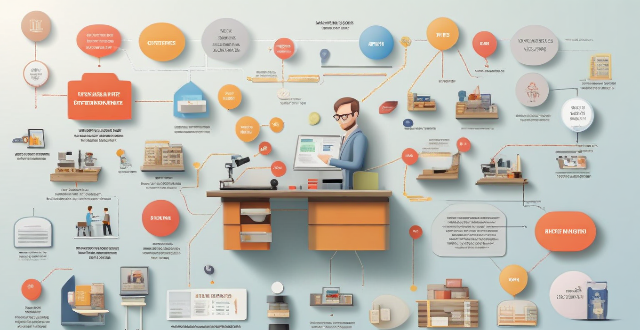
How can blockchain technology be used to prevent counterfeit products ?
Blockchain technology is a powerful tool in the fight against counterfeit products. It ensures product authenticity through digital certificates and smart contracts, enhances traceability by providing a transparent view of the supply chain and end-to-end tracking, improves accountability with data integrity and a complete audit trail, leverages decentralization to prevent manipulation, integrates with IoT devices for automatic verification and real-time monitoring, collaborates with regulatory authorities for compliance and cross-border cooperation, and educates consumers and businesses on its benefits. With blockchain, we can expect significant reductions in counterfeit products in the marketplace.

Is it possible for a virus to have multiple origins ?
Viruses are elusive entities with complex evolutionary histories, and understanding their origins is crucial for public health and disease control. While traditional theories suggest singular origins for viruses, evidence supports the possibility of multiple origins through processes like recombination, host switching, environmental influences, zoonotic events, genetic exchange with host cells, ancient viral lineages, and laboratory manipulation. Recognizing these complexities is essential for advancing scientific knowledge, improving public health outcomes, and enhancing our ability to respond to emerging infectious diseases.
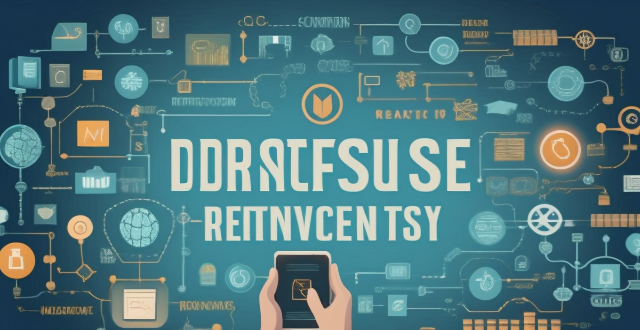
What are some common threats to digital identity and how can I prevent them ?
The text discusses the threats to digital identity and how to prevent them. It outlines common threats such as phishing attacks, malware and viruses, identity theft, data breaches, and ransomware. To prevent these threats, it suggests using strong passwords, enabling two-factor authentication, keeping software up-to-date, being cautious with emails and links, monitoring online accounts, using antivirus software, securing your network, and educating yourself about cybersecurity. By taking these precautions, individuals can reduce the risk of falling victim to threats to their digital identity.

What is the history behind the origin of street food ?
The origin of street food can be traced back to ancient times, with evidence of vendors selling food and drinks in public spaces in ancient Middle Eastern and Asian civilizations. Over the centuries, street food has evolved and diversified, reflecting changing social, economic, and cultural dynamics. In the Roman Empire, a well-developed system of food markets and street vendors sold a variety of dishes. During the Middle Ages, street food became more prevalent in Europe due to the growth of fairs and markets. In Renaissance Italy, street food became more sophisticated and diverse, with vendors selling pizza, pasta, and gelato. Early American settlers relied on street food for sustenance, while immigrants brought their own street food traditions with them. In recent decades, globalization has led to the spread of street food cultures around the world, and the rise of food trucks has revolutionized the industry. Today, street food continues to evolve and adapt to changing tastes and trends while preserving its rich heritage and diversity.

Is it possible to accidentally disable important functionality by using hidden features in iOS, and if so, how can I prevent this from happening ?
Yes, it is possible to accidentally disable important functionality by using hidden features in iOS. To prevent this from happening, regularly back up your device, be cautious when enabling or disabling settings, research before making changes, use reputable sources, update your device regularly, and contact Apple Support if needed.

What are the best practices for storing food to maintain its safety ?
Storing food safely is crucial to prevent foodborne illnesses and ensure that your meals are fresh and flavorful. Here are some best practices to follow when storing food: ### Refrigeration - Store raw meat, poultry, and seafood separately from other foods to avoid cross-contamination. Use airtight containers or wrap them tightly in plastic wrap. - Keep dairy products like milk, cheese, and yogurt on the upper shelves of the refrigerator, where the temperature is more consistent. - Store eggs in their original carton on a middle shelf to maintain a constant temperature. - Use leftovers within three to four days and store them in covered containers in the refrigerator. - Check expiration dates regularly and discard any expired products. ### Freezing - Label all frozen items with the date of freezing and the content. - Freeze meats individually before storing them together to make it easier to thaw only what you need. - Leave space around frozen items to allow for proper air circulation and faster freezing times. - Do not overload the freezer as this can cause uneven freezing and spoilage. ### Pantry Storage - Keep dry goods like grains, pasta, and cereals in airtight containers to prevent moisture and pests from getting in. - Store oils and vinegars away from direct sunlight to prevent rancidity. - Rotate pantry items regularly, placing new items behind older ones to use up older stock first. - Monitor for signs of pests and take immediate action if any are found. ### General Guidelines - Clean your refrigerator and freezer regularly to remove spills and prevent bacteria growth. - Wash hands thoroughly before handling food. - Use separate cutting boards for raw meats and vegetables to avoid cross-contamination. - Cook foods to their recommended internal temperatures to kill harmful bacteria.

Can dehydration really cause muscle cramps during physical activity ?
Dehydration can lead to muscle cramps during physical activity due to loss of essential electrolytes and reduced oxygen supply to muscles. Signs of dehydration include thirst, dark urine, fatigue, dizziness, dry mouth, headache, and constipation. To prevent dehydration and muscle cramps, stay hydrated, eat a balanced diet rich in electrolytes, stretch before and after exercise, gradually increase intensity, and rest when needed.

How can women maintain a healthy weight through proper nutrition ?
Maintaining a healthy weight is crucial for overall well-being, and proper nutrition plays a vital role in achieving and maintaining it. Women can maintain a healthy weight through proper nutrition by following these tips: 1. Eat a balanced diet consisting of whole grains, fruits, vegetables, lean proteins, and healthy fats. 2. Control portion sizes to prevent overeating. 3. Eat regularly throughout the day to maintain consistent blood sugar levels and prevent overeating. 4. Drink plenty of water to stay hydrated and prevent overeating due to hunger pangs caused by dehydration. 5. Practice mindful eating by being present while you eat and paying attention to your hunger cues rather than relying on external factors like TV or social media to determine when you're full.
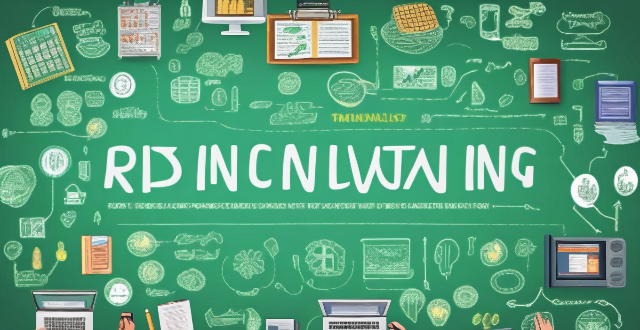
What is financial regulation ?
The text discusses the concept of financial regulation, which is a set of rules and guidelines that govern the operations of financial institutions. The primary objectives are to ensure stability and integrity of the financial system, promote fair dealing, protect consumers, and prevent financial crises. Key components include prudential regulation, market conduct regulation, consumer protection, systemic risk oversight, structural regulation, regulation of market infrastructure, and international coordination. Purposes of financial regulation are to ensure stability, promote transparency, protect consumers, facilitate efficiency, and prevent criminal activity. Methods of financial regulation include rulemaking, supervision, inspection, capital requirements, and liquidity requirements. Challenges in financial regulation include balancing oversight with innovation, keeping pace with technology, and international coordination.